Drenched into its identity of the mythological city of Mahabharat and still carrying the name, Viratnagar has yielded a number of historical relics through a course of archaeological explorations and excavations carried out during the nineteenth and twentieth century. The region is of considerable archaeological and historical importance. This region, including the three hillocks—Bijak-ki-pahari, Ganesh-ki-dungri and Bhim-ki-dungri—located within the inner range of hills, has unearthed material relics relating to prehistory and continuing up to the medieval period which is presented in a museum set up by the state government under the Department of Archaeology and Museums. Called as Rajkiya Kala Dirgha or State Museum, Viratngar, the museum was opened in 1987 near Ganesh-ki-dungri as part of the ongoing efforts of the state in the area of museums.
The collection of the museum is a product of archaeological explorations and excavations carried out during the course of the nineteenth and twentieth century. Some of the coins and other artefacts discovered from this region are also part of the collection displayed in Albert Hall Museum and Alwar Museum.
The museum primarily comprises of two galleries which showcase microlithic tools from the prehistoric period, Painted Grey Ware (PGW), Northern Black Polished Ware (NBPW) and other associated pottery terracotta remains, punch-marked, historical and mediaeval coins, iron artefacts, pieces of polished sandstone umbrella from Mauryan period, Teerthankara sculptures from the late mediaeval period and other significant relics which displays a rather continuous history of Viratnagar.
The museum currently does not offer any guided tours, workshop, library or conservation lab services. It opens on all days except Monday and public holidays.
This content has been created as part of a project partnered with Royal Rajasthan Foundation, the social impact arm of Rajasthan Royals, to document the cultural heritage of the state of Rajasthan.
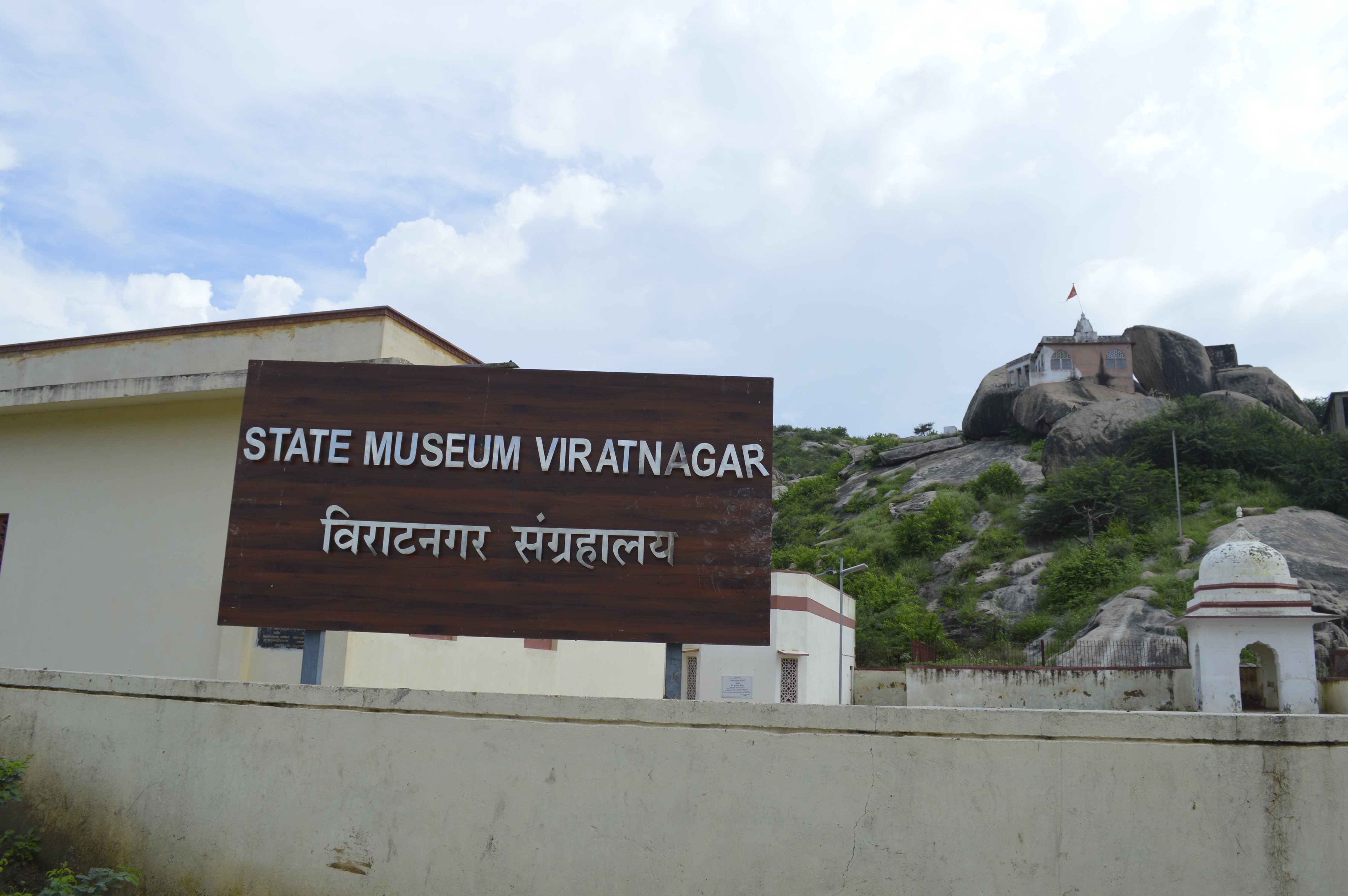
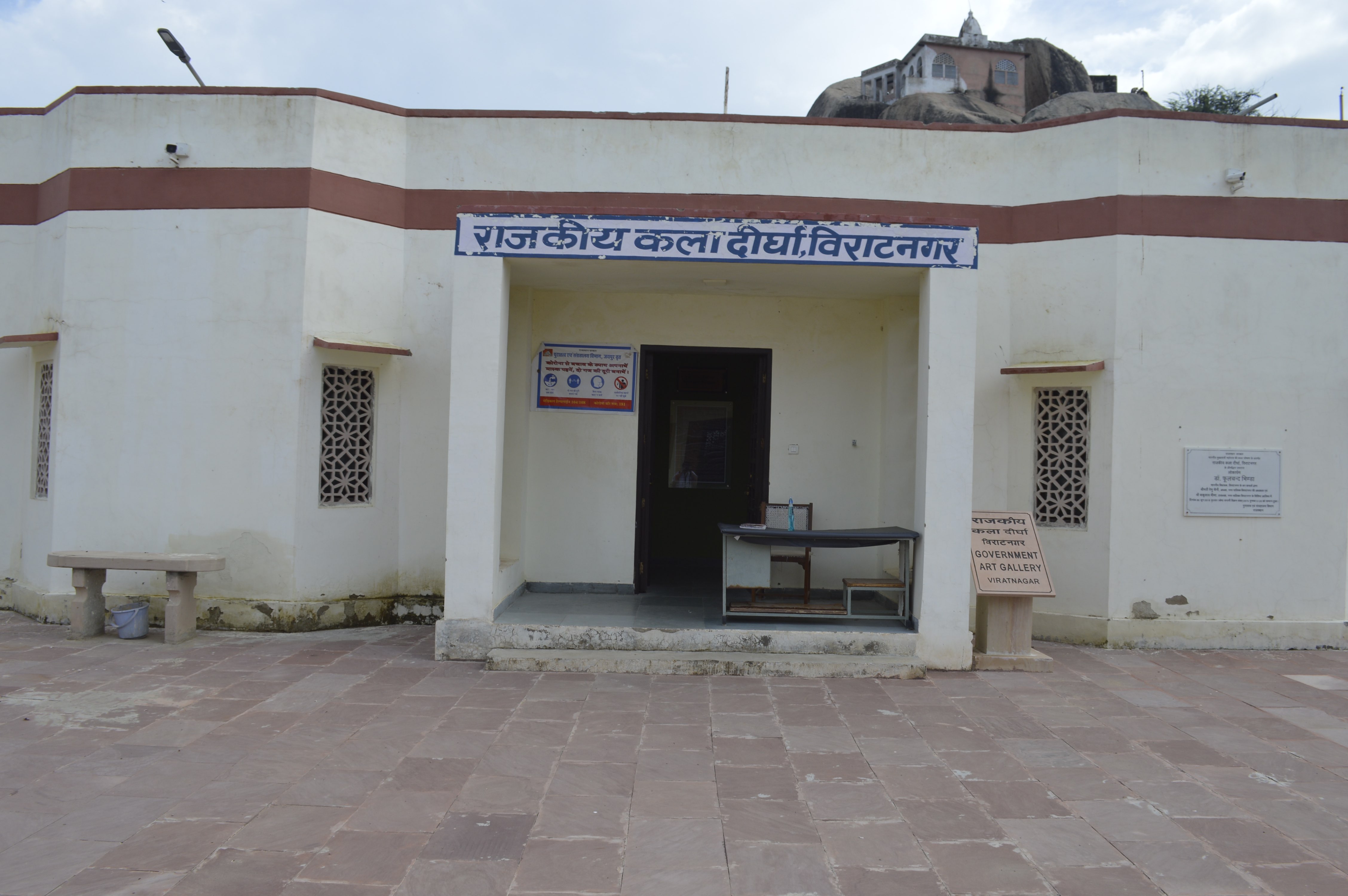
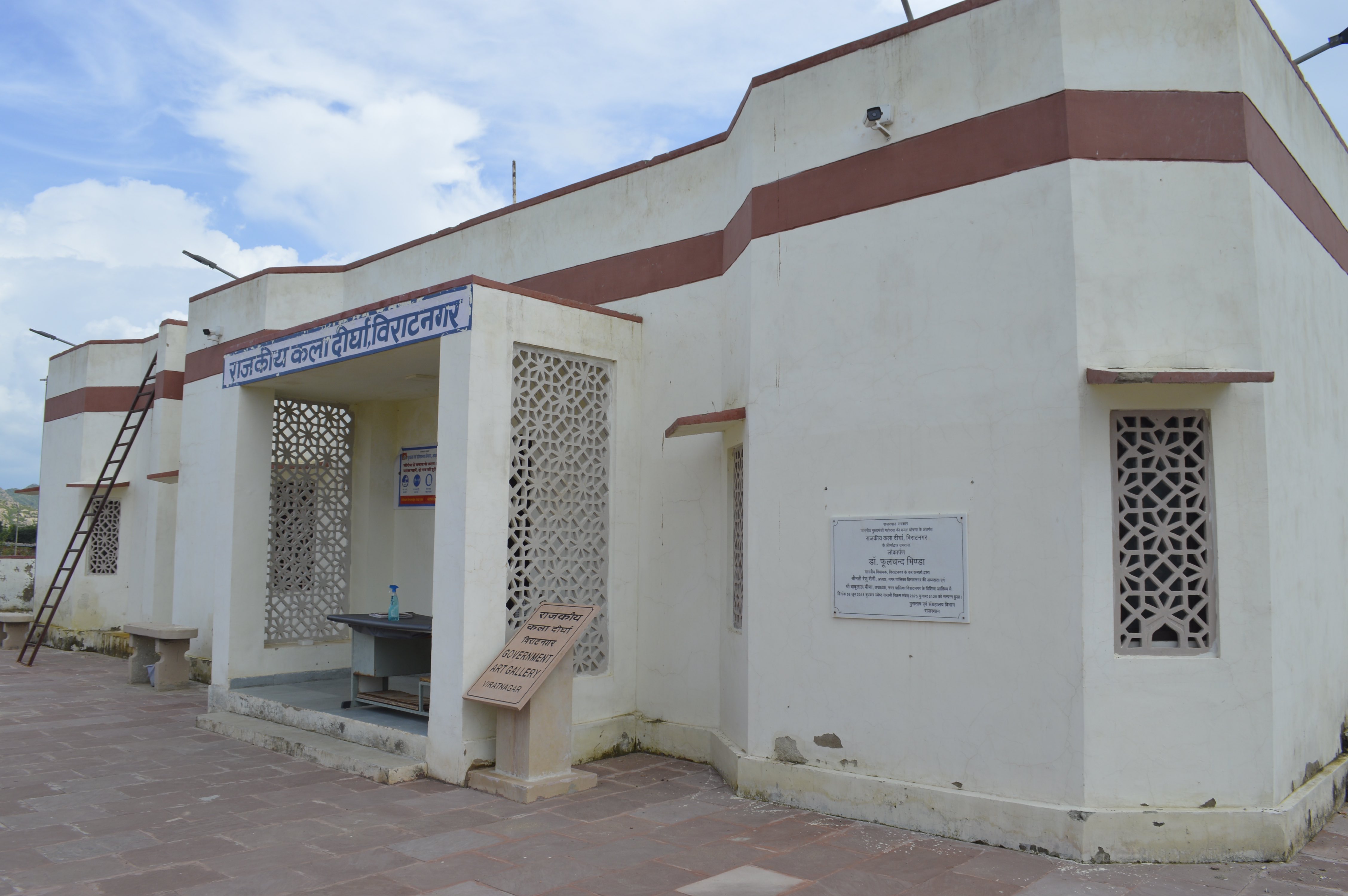
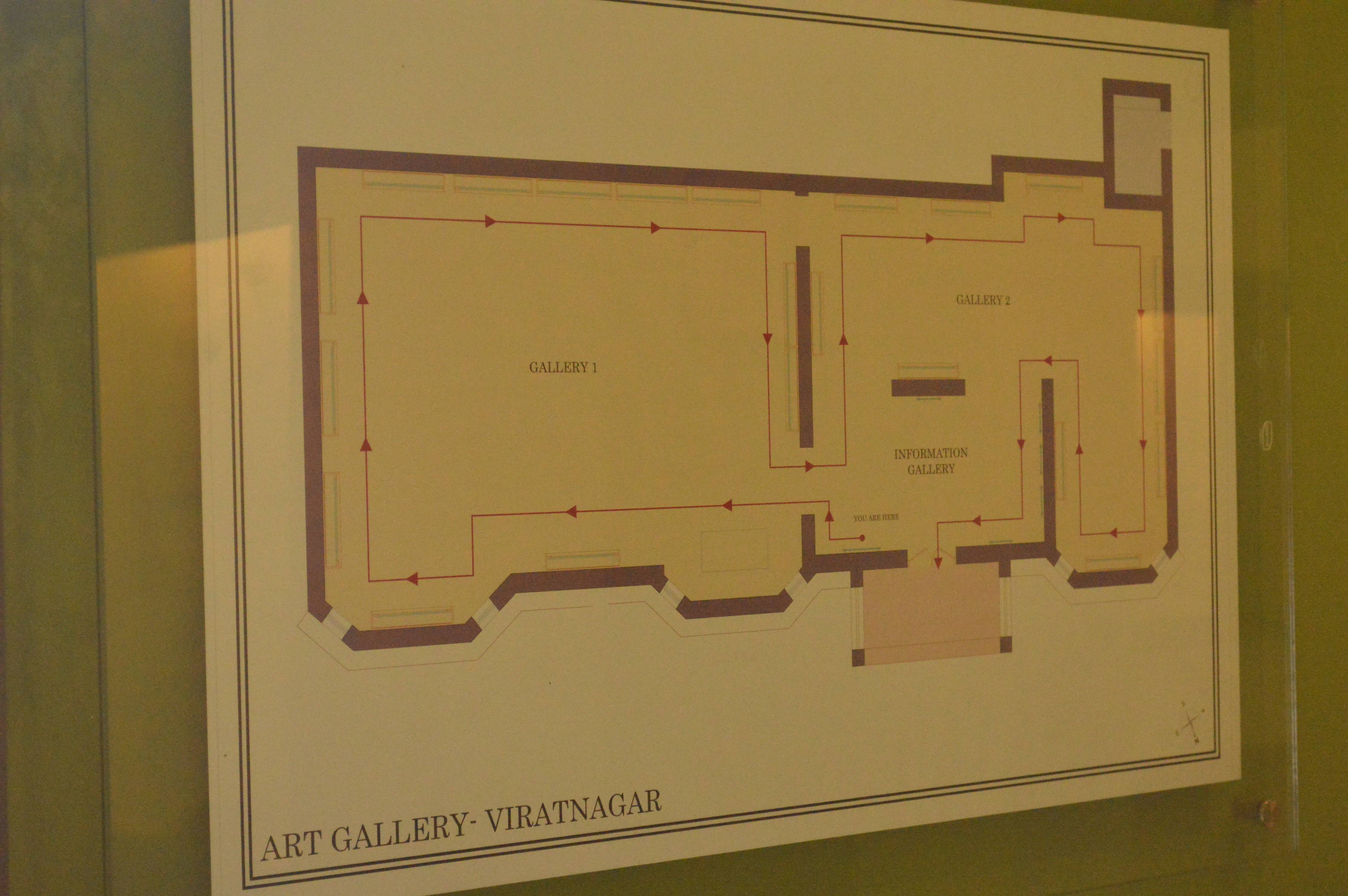
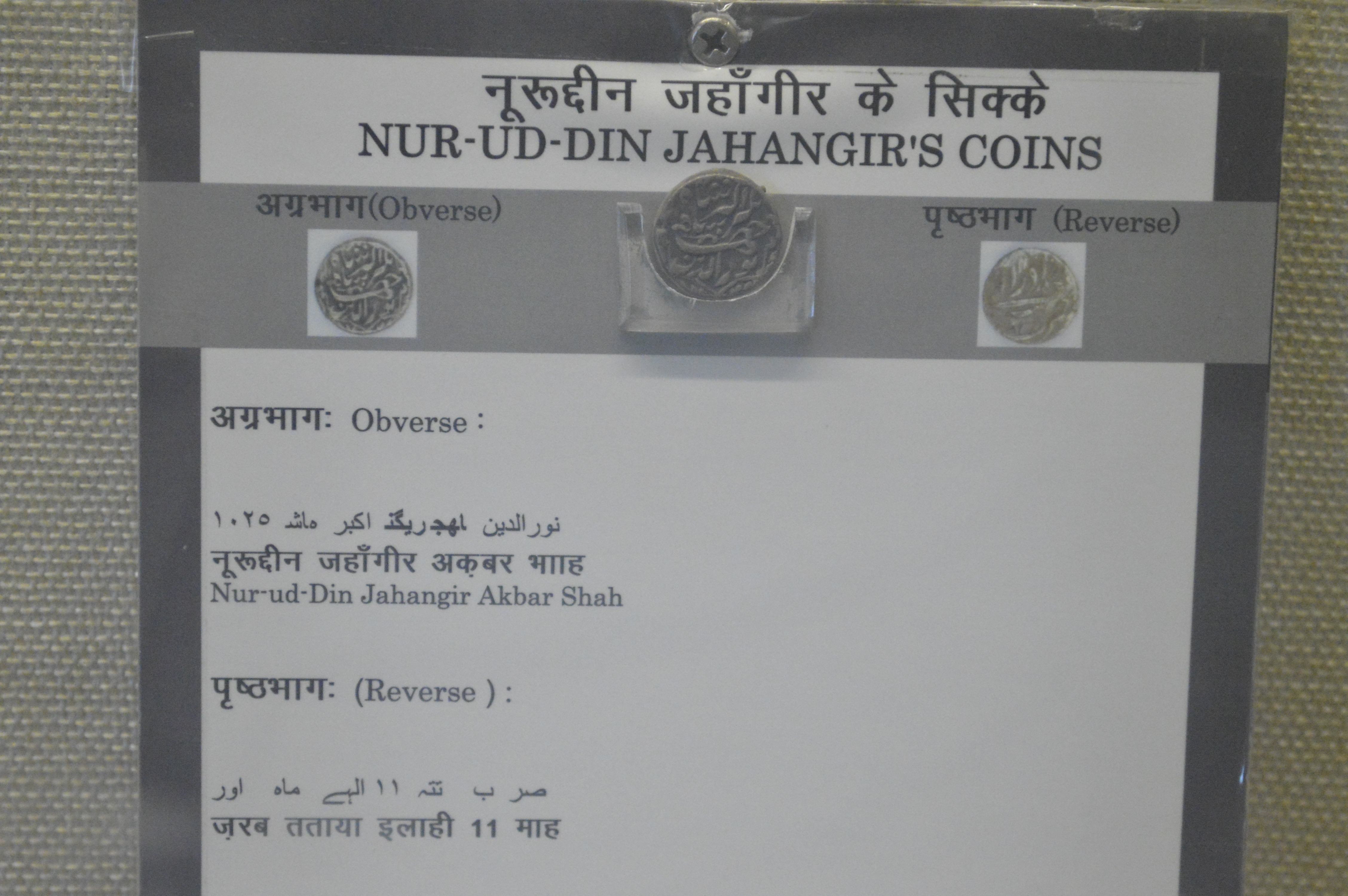
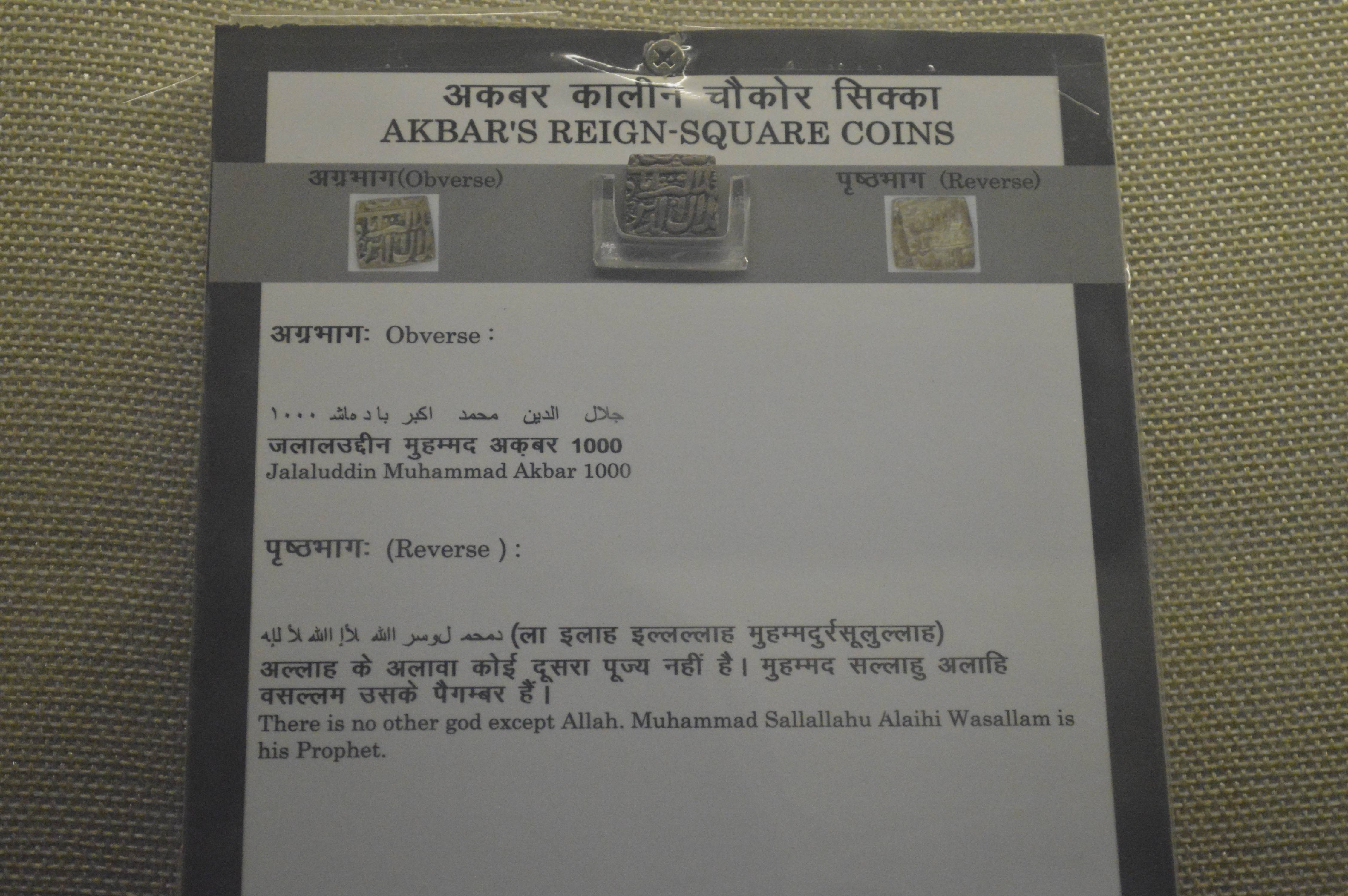
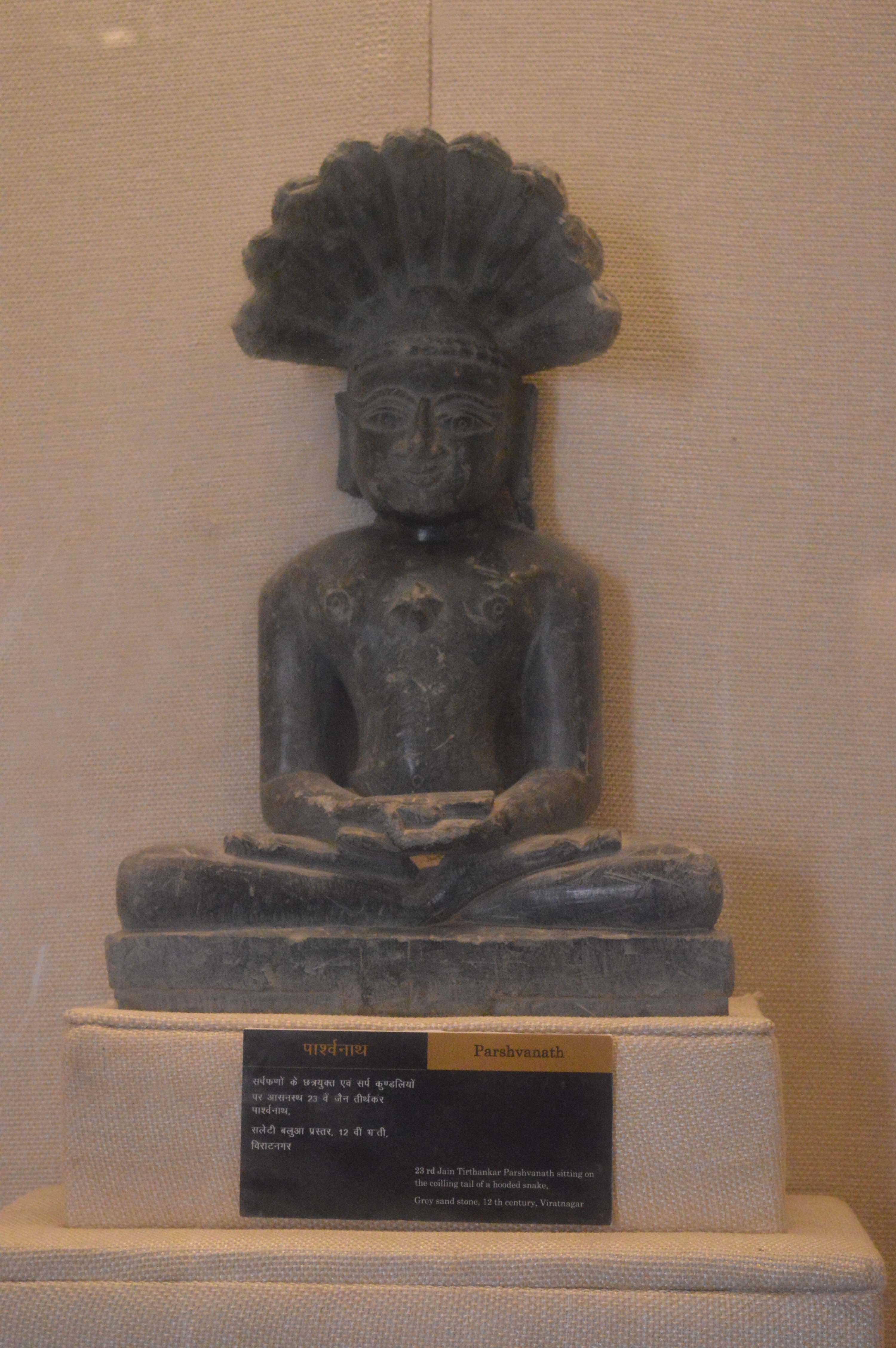
23rd Jain Tirthankar Parshwanath sitting on the coiling tail of a hooded snake
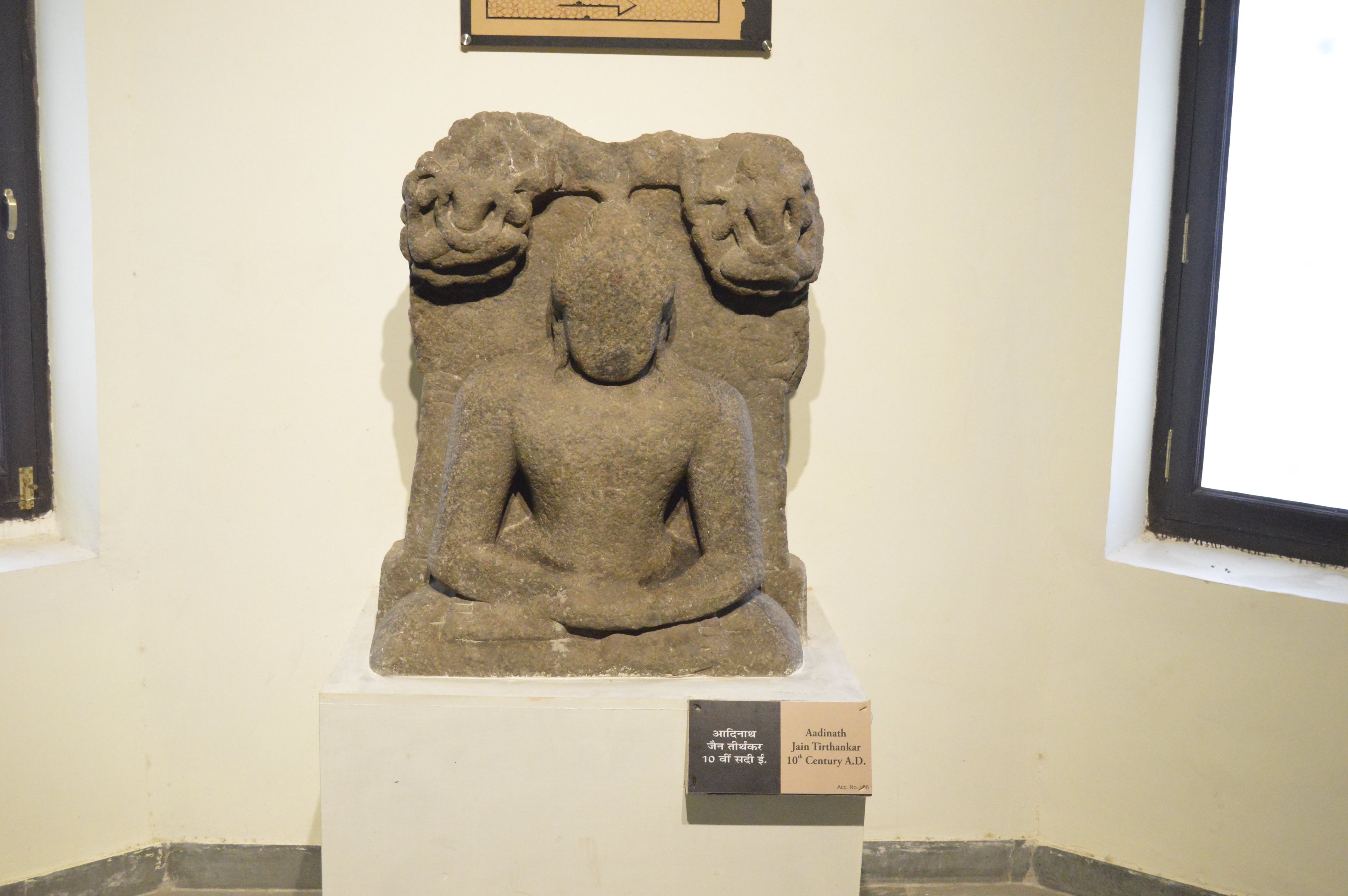
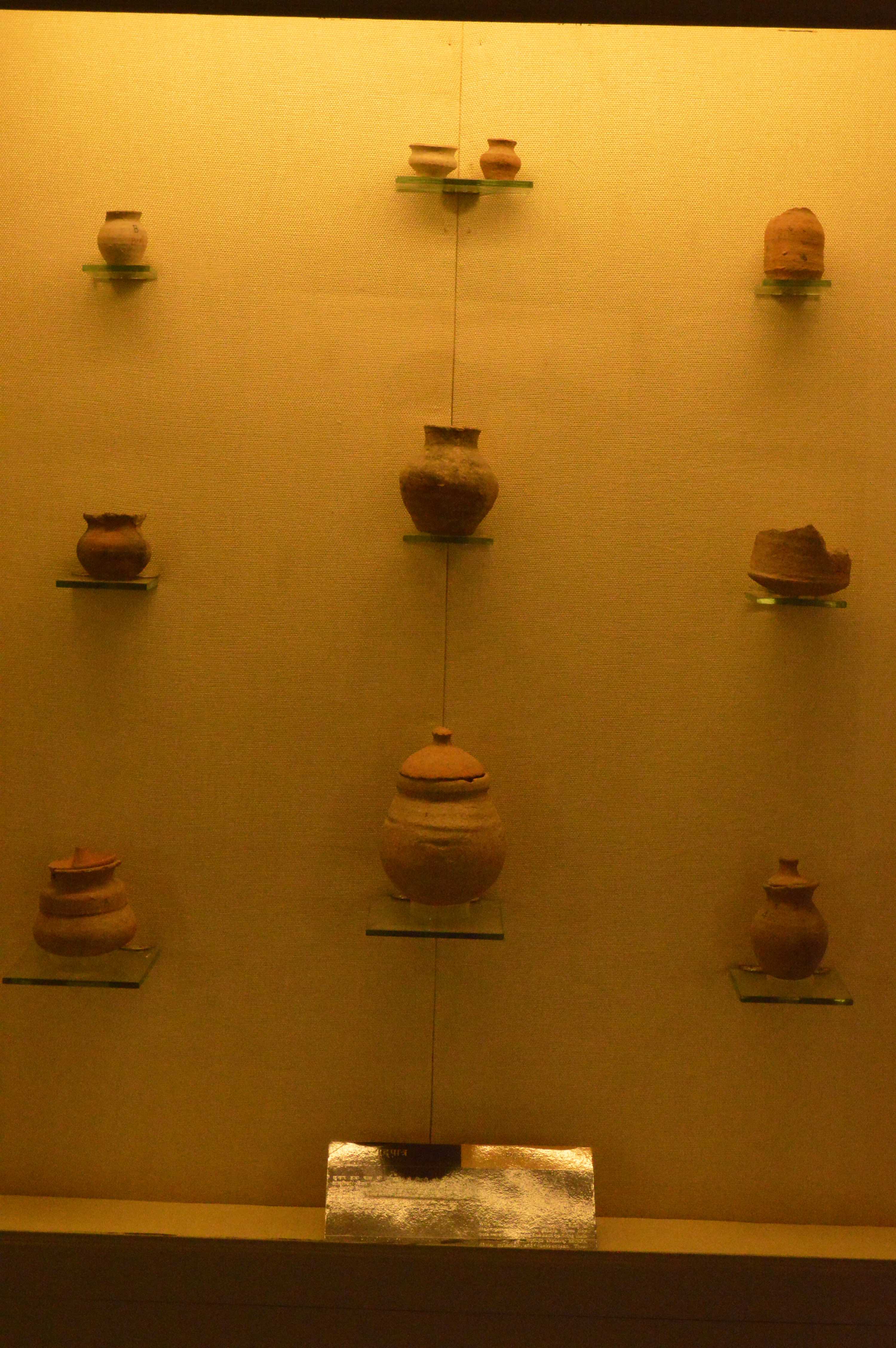
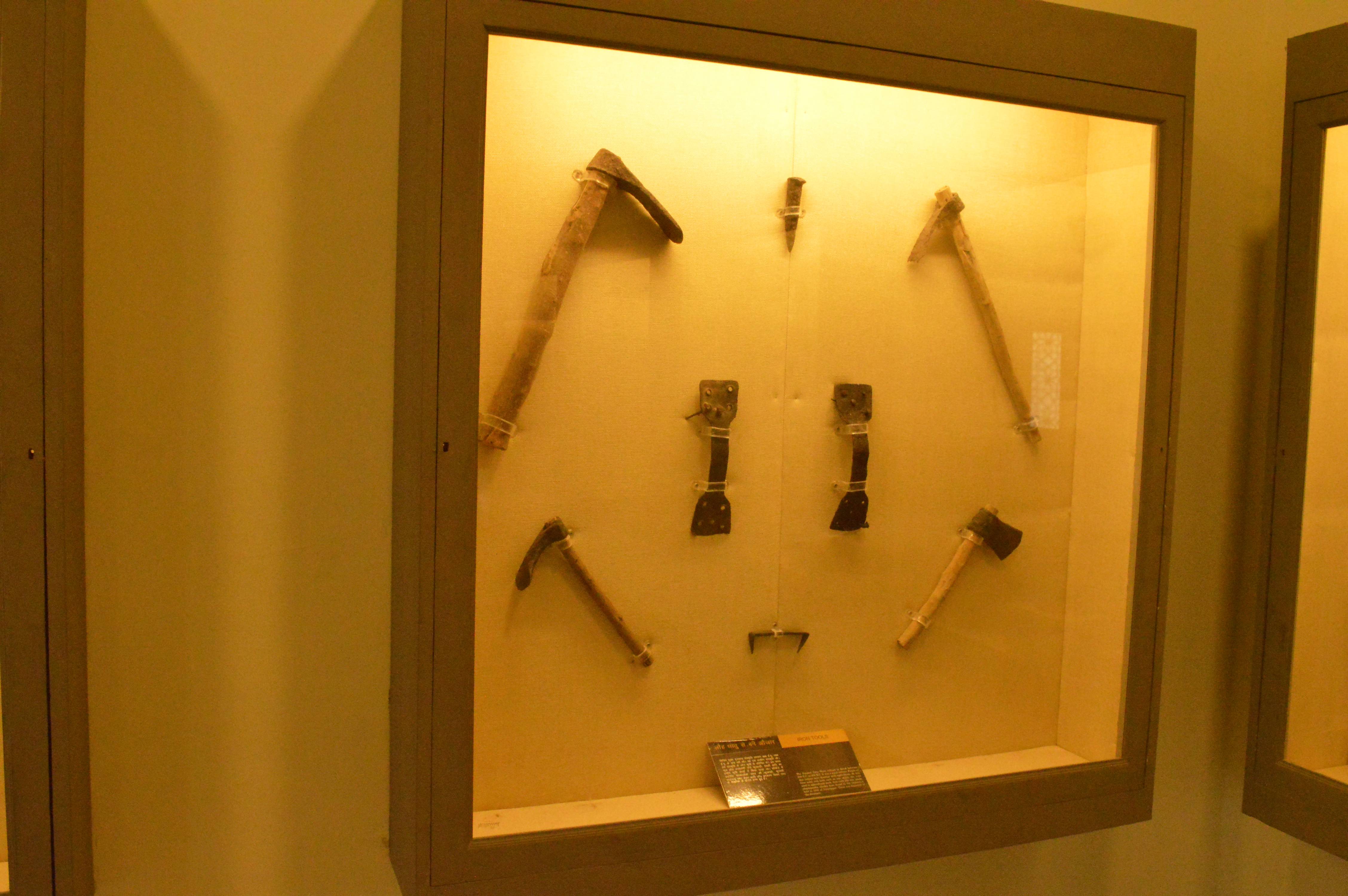
The Painted Grey Ware culture is dated between 800 B.C. and 200 B.C. It was an agrarian culture which used iron tools such as an axe, spade, etc. Some of these, found at the excavation at Viratnagar in 1935 are displayed here
By Train: Alwar Railway Station is 61 km away, Jaipur Railway Station is 90 km away
By Air: Jaipur Airport
